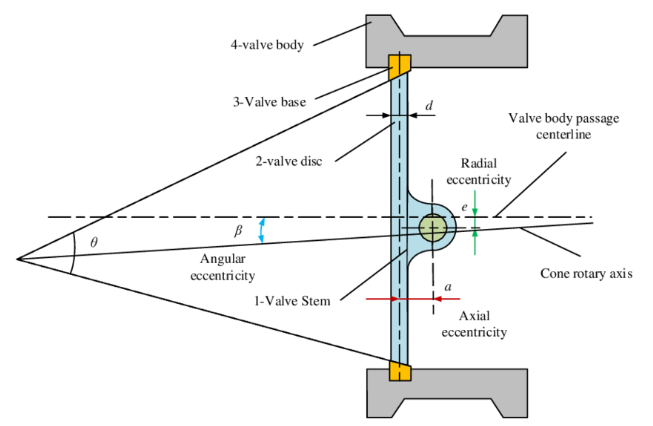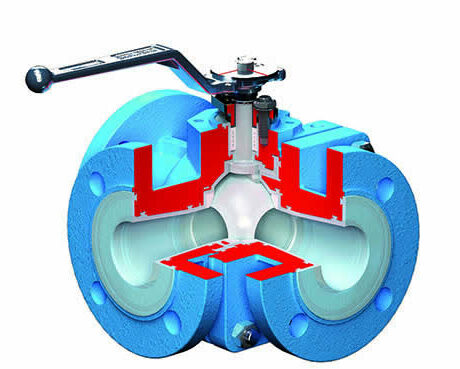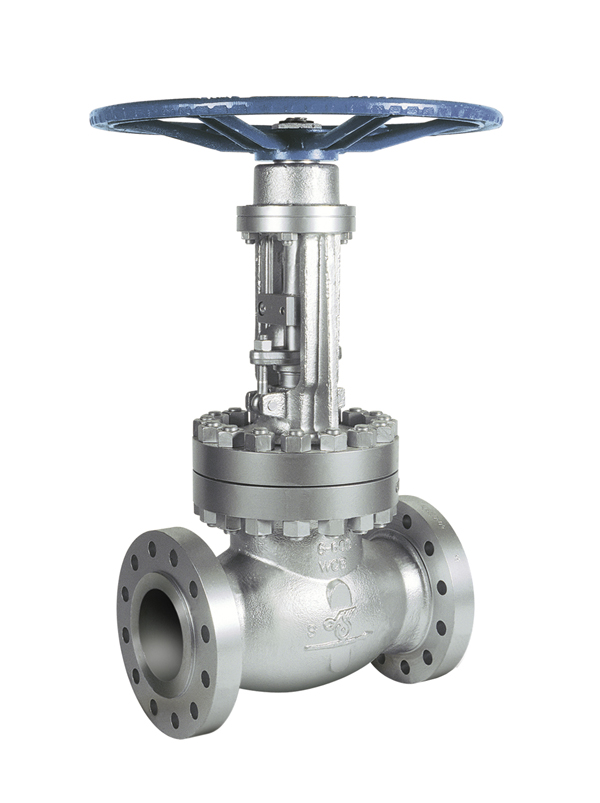Valves are integral to industrial processes, serving as control points for regulating fluid flow, maintaining pressure, and ensuring operational safety. As industries evolve, advanced valve technologies have emerged, offering enhanced efficiency, reliability, and precision control. This article explores key features and advantages of advanced valve technologies, as well as how they contribute to industrial efficiency.
Enhanced Flow Characteristics
Improving flow characteristics within valves can significantly impact overall system efficiency. This is why modern valve designs focus on optimizing flow paths to reduce pressure drops and improve control precision. One key feature is having streamlined internal geometries, which minimize turbulence as well as improve Cv values. Another feature of advanced valve technologies (AVT) is innovation in valve actuation and control systems. These increase the precision and responsiveness of valve operations with features such as:
- High-precision electric actuators are suitable for large facilities and remote locations where hydraulic systems may not thrive.
- Pneumatic systems with better response times.
For example, OS&Y gate valves have a design for straight-through, bi-directional flow that minimizes flow and pressure drop. They are also ideal for applications requiring a tight shut-off, which adds to the overall efficiency of the fluid handling system. When the requirement is for more precise control over flow rates, then globe valves are a better option. Globe valves offer consistent and repeatable flow characteristics, along with unidirectional flow.
Robust Sealing Mechanisms from Advanced Valve Technologies
Advanced valve technologies (AVT) deploy innovations in sealing mechanisms, resulting in significant improvements in valve reliability and performance. Modern sealing options include the following:
- Self-adjusting seals utilizing self-repairing polymers automatically seal small leaks, thus reducing maintenance needs.
- Magnetic seals that provide a durable, low-friction sealing solution.
- Advanced packing materials.
- Innovative seat designs.
All these options help improve the safety of personnel and the environment.
Other Advanced Sealing Technologies
Another innovation from AVT is the rising stem ball valve that combines the best features of traditional ball and gate valves. The ORBIT rising stem ball valve exemplifies this technology. Its unique tilt-and-turn operation eliminates seal rubbing, which is the primary cause of valve failure in conventional designs. The core is mechanically wedged against the seat when closing, ensuring a positive shutoff. During opening, the core tilts away from the seat before rotating, allowing uniform flow around the core face and reducing wear. As a result, there is low-torque operation and long-term reliability.

Courtesy: ResearchGate
Triple offset butterfly valves, like the Durco TX3, offer excellent shutoff capabilities with a triple offset design. The precision seat and seal are machined at an offset angle, hence creating even seat loading around the entire seat ring. This design also eliminates rubbing between the seat and seal during opening and throttling, thereby increasing valve operational life.
Xanik pressure seal valves are an alternative valve offering from QRC that utilizes advanced technologies to provide superior sealing performance. They feature a unique seal gasket load ring that withstands upward thrust of bonnet load, while a backing ring distributes pressure uniformly to the load ring. A metallic silver-plated seal gasket provides tight closure, thus ensuring reliable performance in high-pressure and high-temperature applications.
Intelligent Valves and IoT Integration
The integration of smart technologies into valve design is transforming how industries monitor and control their processes. Smart valves equipped with sensors and communication capabilities offer real-time data on valve performance, flow rates, and potential issues. Also, they are capable of remote control with easy integration of control systems like PLC, DCS, and SCADA. Intelligent valves, enhanced by Internet of Things (IoT) integration, represent a significant leap in valve technology by providing fully autonomous systems. Such systems help minimize downtime and allow for easy implementation of predictive maintenance programs.
L&T Valves, for example, offers ValvTrac™, which provides digital traceability, smarter documentation, and asset management at customer installations. This type of technology allows for:
- Improved Process Control: Real-time data enables more precise adjustments to flow rates and pressures.
- Reduced Downtime: Predictive maintenance alerts can help prevent unexpected failures.
- Enhanced Safety: Remote operation capabilities allow for quick responses to emergencies.
High-Performance Materials for Advanced Valve Technologies
The use of advanced materials, such as superalloys, composites, and corrosion-resistant metals, has revolutionized valve durability and performance. These materials provide superior resistance to extreme temperatures, pressures, and corrosive environments, ensuring long-term reliability and reduced maintenance costs. Some common high-performance materials and their features are as follows:
- Superalloys: High resistance to extreme temperatures and pressures, thus enabling valves to operate in locations such as downhole, wellheads, boilers, etc. Superalloys also provide robust construction and compatibility with cryogenic applications.
- Corrosion-Resistant Materials: Valves lined with fluoropolymers, such as those in Flowserve Atomac’s product line, offer superior corrosion resistance. These valves provide bubble-tight shutoff, low maintenance requirements, and a blowout-proof stem assembly, making them ideal for handling corrosive fluids. The corrosion-resistant lining extends the valve’s lifespan and reduces the frequency of maintenance, hence, leading to lower operational costs and improved system reliability. This feature is particularly beneficial in industries dealing with aggressive chemicals.
- Composites: Lightweight and durable, reducing operational wear and tear.

Atomac Lined Ball Valves
Custom and Specialty Valves
As industrial processes become more specialized, valve manufacturers are developing solutions tailored to specific, critical applications. These valves can be designed to handle specific media, pressure levels, and environmental conditions, ensuring optimal performance and safety. The following sections highlight some examples.
High-Integrity Pressure Protection Systems
High-Integrity Pressure Protection Systems (HIPPS) are smart valves incorporating advanced technologies for critical valve applications. HIPPS have state-of-the-art safety features and control mechanisms that protect downstream equipment from a sudden rise of system pressure upstream. This ensures operational safety and process efficiency.
Fugitive Emission Control
As environmental regulations become stricter, controlling fugitive emissions from valves has become a top priority for many industries. Advanced valve designs now incorporate features to minimize leaks and emissions, which include the following:
- Low-emission packing systems
- Improved sealing technologies
- Compliance with stringent emission standards
The ORBIT Low-E valves have achieved impressive results in ISO 15848-1 type testing, earning certification for their excellent performance. These valves meet the highest tightness class rating (AH) at both high and low-temperature extremes. Hence, demonstrating their versatility and reliability in controlling emissions across a wide range of operating conditions.

DSI Valves
Similarly, DSI Valves offers products designed to ensure leakage of less than 100 ppm (parts per million) of volatile organic compounds (VOC), as tested pursuant to generally accepted good engineering practices for verifying fugitive emissions.

Recent Comments